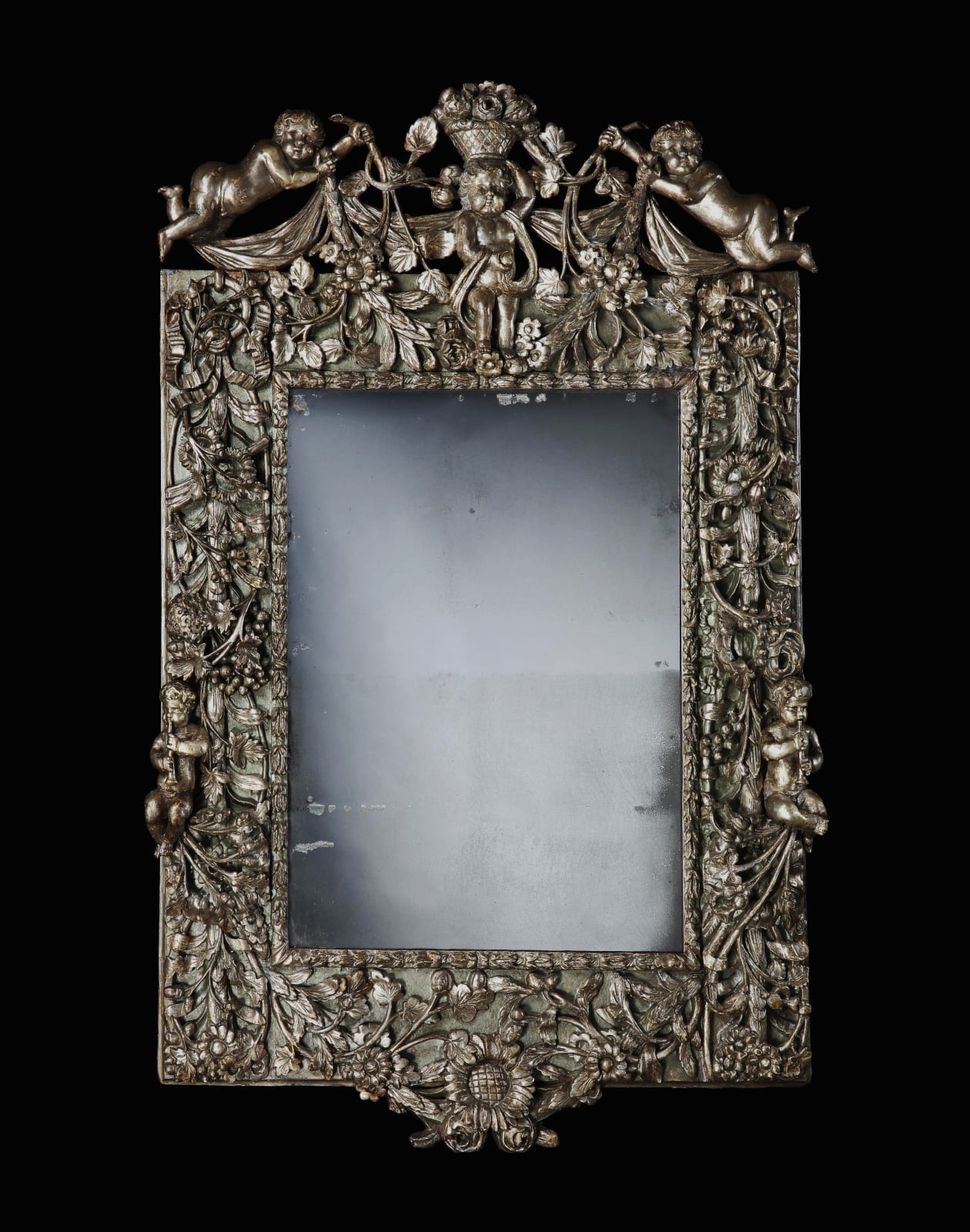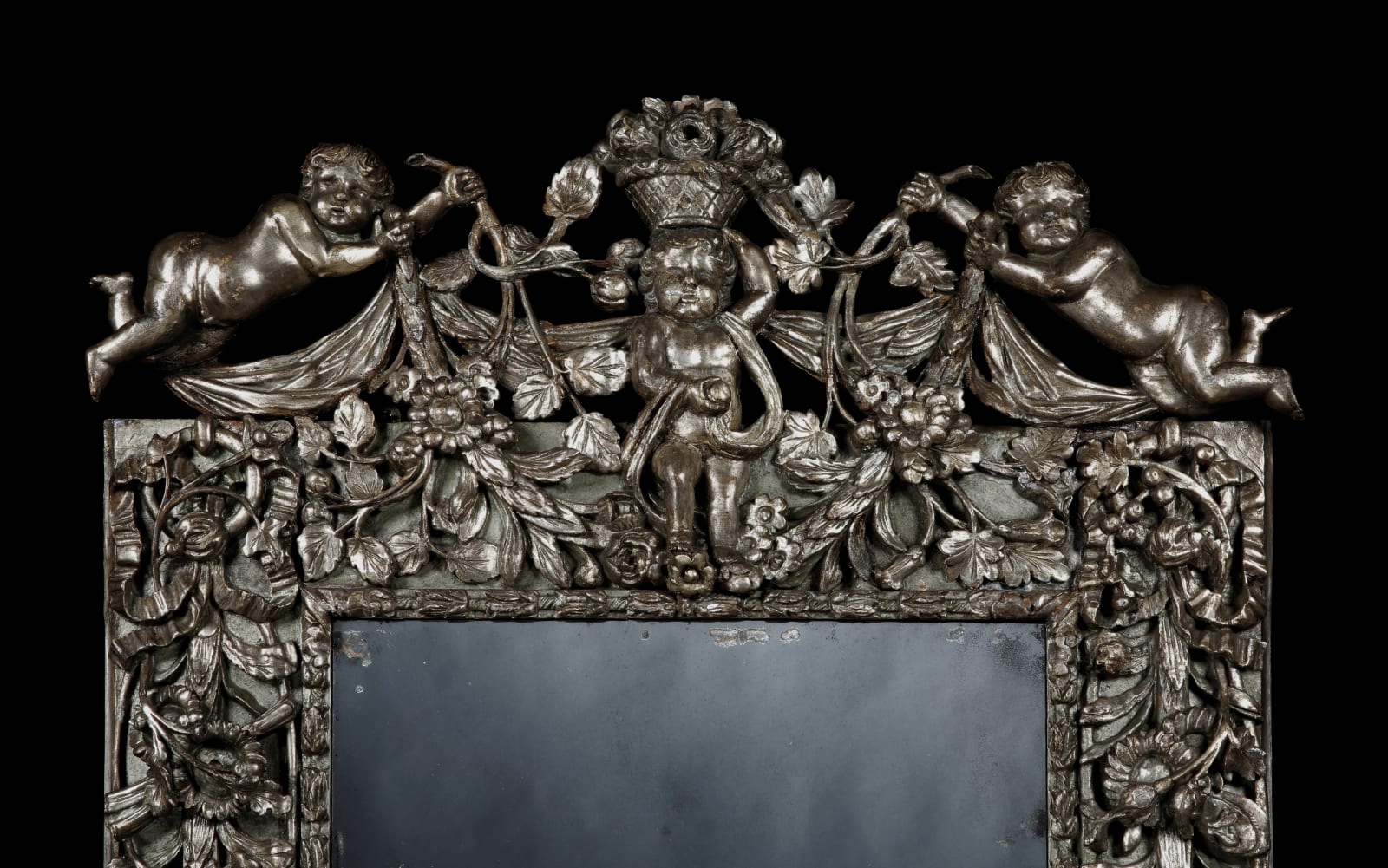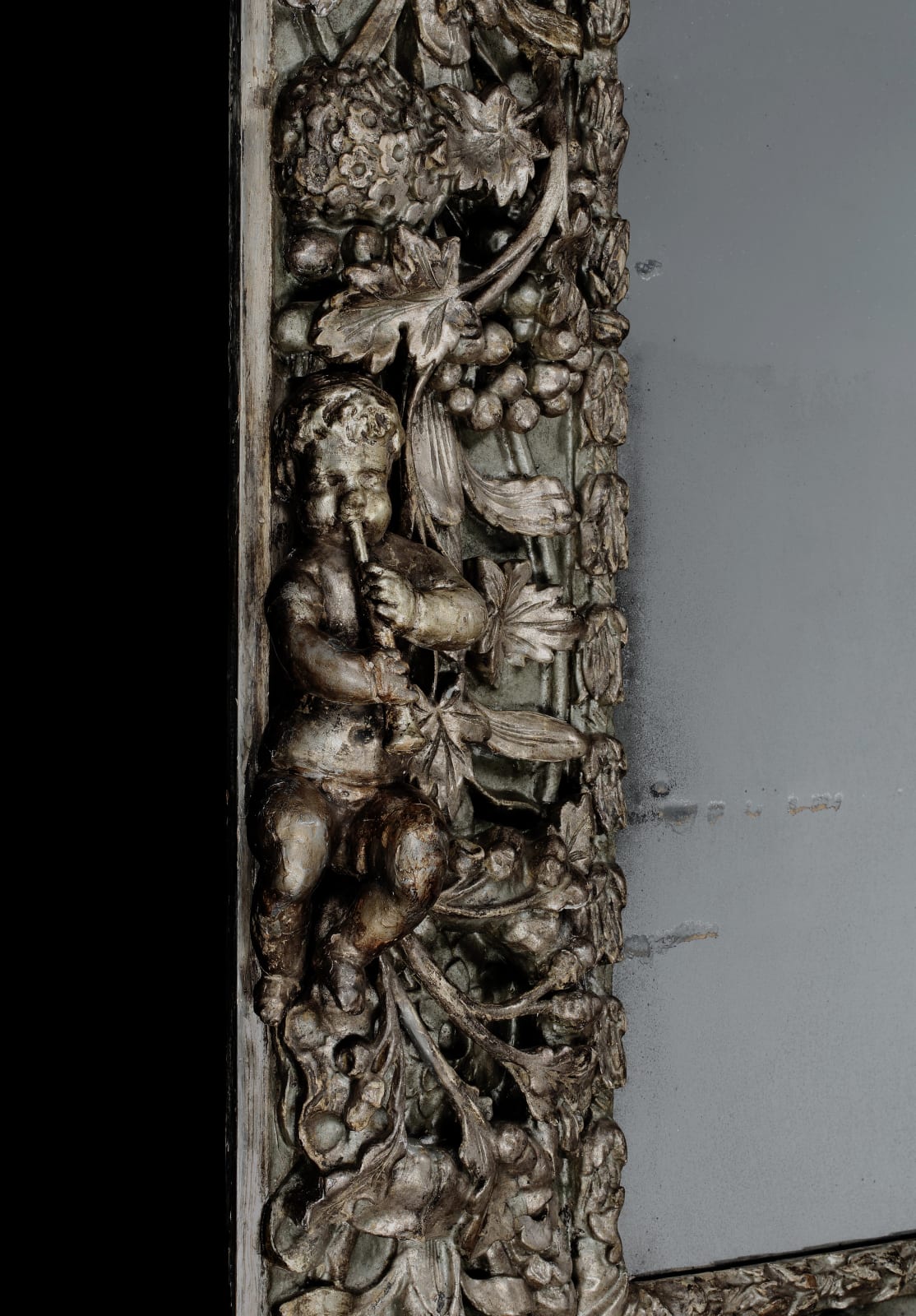WORKS FOR SALE

Live de Miroirs, Tables et Guéridons, c. 1670, Metropolitan Museum of Art, New York (Accession No. 33.84.1-4)
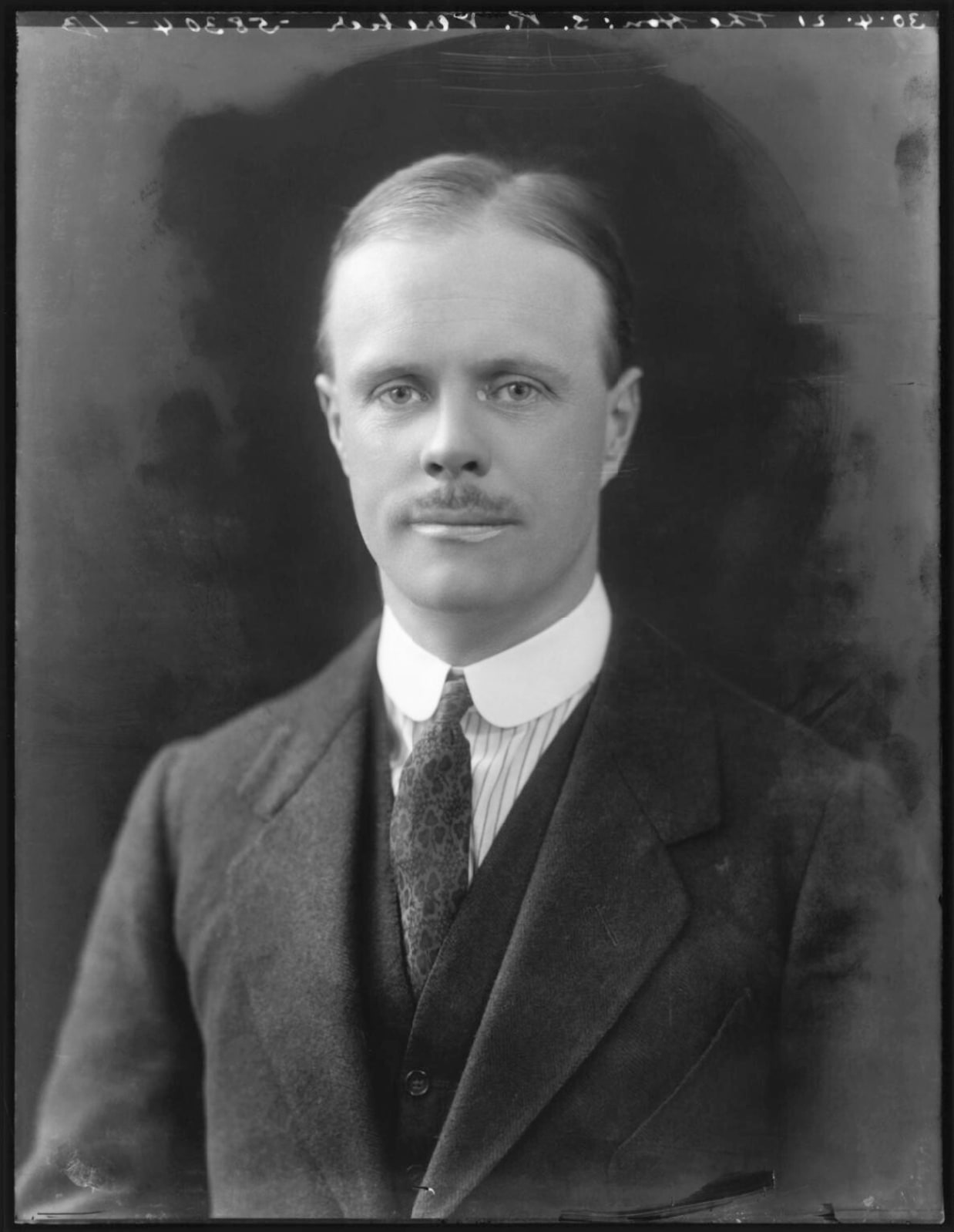
Standish Robert Gage Prendergast Vereker, Bassano Ltd., whole-plate glass negative, 30 April 1921 (NPG x120960)
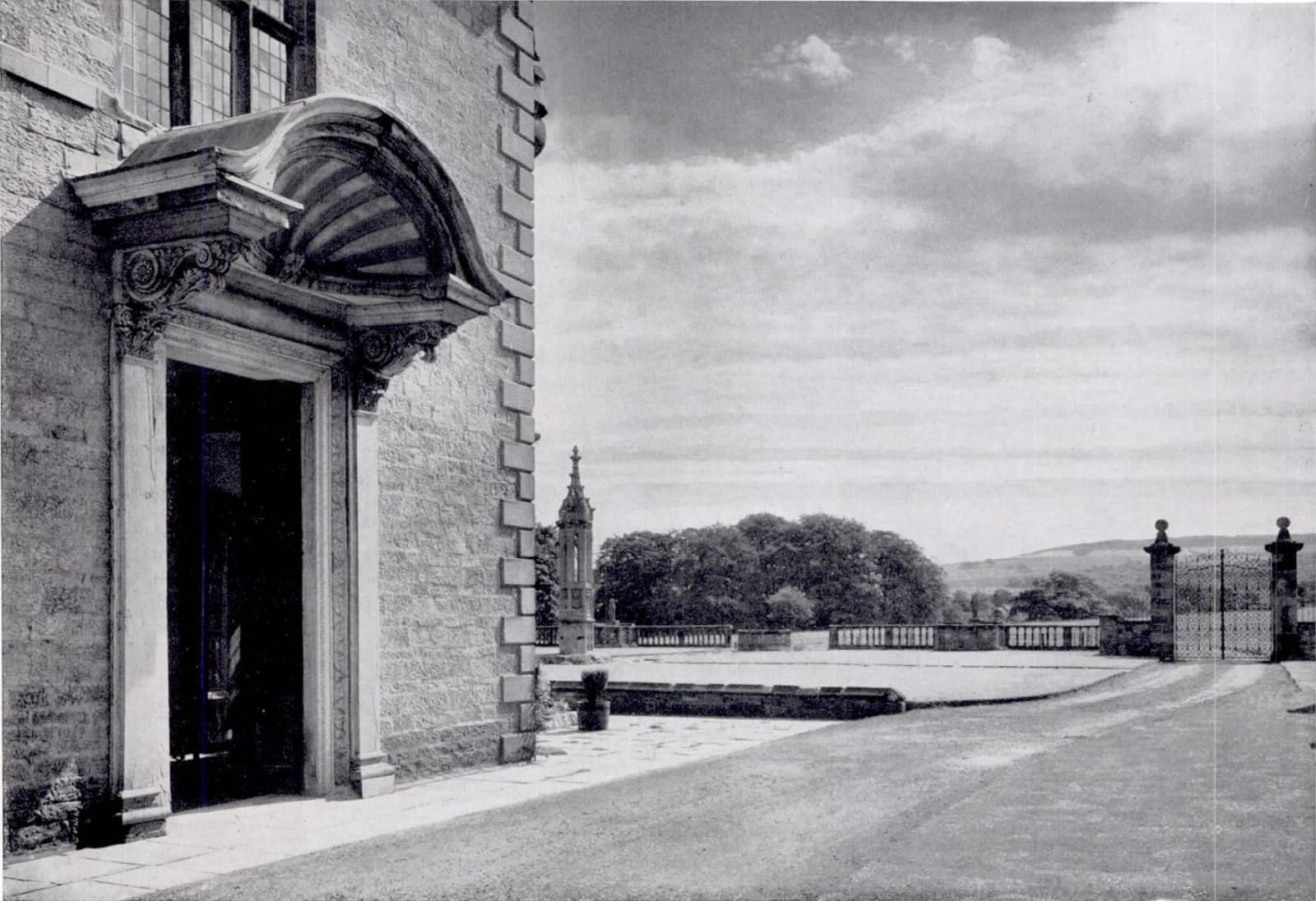
Hamsterley Hall, the huge baroque shell canopy over the front door with view southwards, including the pinnacle removed from the original Houses of Pariament and the roof balustrade from Beaudesert marking the garden perimeter
THE HAMSTERLEY HALL SILVERED MIRROR
W: 43.5” 110cm
Further images
Provenance
Standish Robert Gage Prendergast Vereker, 7th Viscount Gort, MC, KStJ (1888-1975), Hamsterley Hall, County Durham, England
By descent to his grandnice the Hon. Catherine Mary Wass, OBE (1942-2021)
Private Collection: California, USA
Literature
Bowett, A., English Furniture: 1660-1714 (Woodbridge: 2002), pp. 12-5, 126-7, 139-43
Colville, J. R., Man of Valour: The Life of Field-Marshal the Viscount Gort (London, 1972)
Thornton, P., Seventeenth-Century Interior Decoration in England, France and Holland (New Haven and London, 1978), pp. 232-3, pl. 218
C. Hussey, ‘Hamsterley Hall, Durham: The Seat of the Hon. S. R. Vereker, M. C.’, Country Life, 21st October 1939, pp. 418-22
COMPARE
Example in the Victoria & Albert Museum, London (Accession No. W.37-1949)
Example exhibited at The Grosvenor House Art & Antiques Fair, 1996 (Catalogue, p. 106)
Silver metal examples at Knole, Kent (NT 130034 and NT 130014.1/NT 130014.2, including silver metal furniture NT 130035 and NT 130036.1/NT 130036.2)
Silver metal examples in the Royal Collection (RCIN 35300, RCIN 35392 and RCIN 35302, including silver metal furniture RCIN 35299 and RCIN 35298)
Child, Graham, World Mirrors 1650-1900 (London, 1990), pp. 62-3
Hinkley, F. Lewis, Queen Anne & Georgian Looking Glasses (London, 1987), p. 87, pl. 61
Schiffer, Herbert F., The Mirror Book (New York, 1983), pp. 36-42
Wills, Geoffrey, English Looking Glasses (1670-1820) (London, 1965), p. 65, fig. 1; p. 67, figs. 7-8
The Hamsterley Hall Mirror: An Exceptionally Rare English Silvered Giltwood Baroque Mirror.
English, circa 1670
Overview and Significance
Monumental in scale, and carved in high relief, this extraordinary late 17th-century English mirror is an ambitious expression of Restoration Baroque design. Very few mirrors of this type survive. Notable comparable examples include an example in the collection of the Victoria & Albert Museum, London, and in the Lady Lever Art Gallery, Liverpool.
Carving and Symbolism
The boldly carved frame depicts fruiting vines, berried swags, curling foliage, and blossoms, all rich in symbolic meaning of fertility, regeneration, and abundance. At the crest, a central putto stands beneath a basket of flowers, flanked by reclining cherubs. Additional musical putti and frolicking children appear in the spandrels and lower border, these motifs probably drawn from French Baroque models, especially Parisian engravings of the 1670s.
These flourishes reflect the powerful influence of Louis XIV’s court on English design during Charles II’s reign. The aesthetic, once dubbed “rampant Francophilia,” was embraced by the King and his court as an expression of theatrical splendour and cosmopolitan refinement.
Cultural and Political Context
Within the English context, this ornamentation carried deep symbolic and political resonance. The 1660s were a decade of restoration and recovery: the monarchy had returned, the Great Plague and Fire had shaken London, and England’s economic power, particularly through the wool trade, was rebounding.
The sunflower motif, prominently carved at the crest, was associated with loyalty to the crown, famously invoked in Van Dyck’s portraits and the presence of musical putti suggests courtly celebration and broader ideals of cultural harmony, national rejuvenation and identity.
Technical Accomplishment
Technically, this mirror is a tour de force. Its large glass plate is rare and would have been costly to produce. The silvered finish was designed to emulate the brilliance of solid silver,
and aligns with a prestigious group of silvered furnishings associated with Knole, the Royal Collection, and other high-status English interiors.
Provenance: The Collection of Viscount Gort
This mirror was once owned by Standish Robert Gage Prendergast Vereker, 7th Viscount Gort, one of the 20th century’s most discerning British connoisseurs. He housed his collection at Hamsterley Hall, an 18th-century Gothic Revival house enriched with salvaged baroque and Jacobean architectural elements. Gort’s refined eye is further evidenced by his ownership of the André-Charles Boulle cabinet-on-stand now in the J. Paul Getty Museum (77.DA.1).
For Gort, the mirror’s iconography likely held deep personal symbolism, celebrating monarchy, heritage, and military virtue, core values of the Vereker family.
The Vereker Family Legacy
The Verekers were a longstanding royalist family with a distinguished military tradition.
• John Vereker fought as a Royalist officer during the Civil War and was rewarded by Charles II after the Restoration.
• Charles Vereker, 2nd Viscount Gort, was victorious at Killala Bay in 1798.
• Field Marshal John Vereker, 6th Viscount Gort, was commander of the British Expeditionary Force at the outset of WWI and a recipient of the Victoria Cross.
The mirror later descended to The Hon. Catherine Mary ‘Kate’ Wass, OBE, a direct descendant of William IV through Mrs Jordan, and daughter of Viscount De L’Isle, VC, another Victoria Cross recipient, awarded at Anzio in 1944.
Conclusion
This mirror is a masterpiece of late 17th-century cabinetmaking, uniting technical virtuosity with rich period symbolism and distinguished provenance. Very few examples from this period have survived in such original and unaltered condition.
